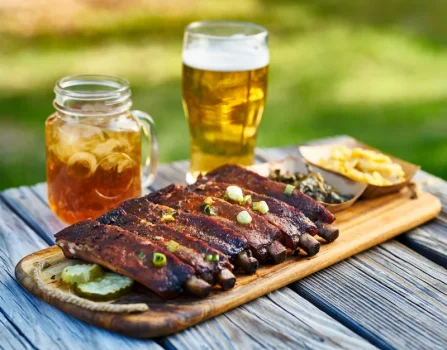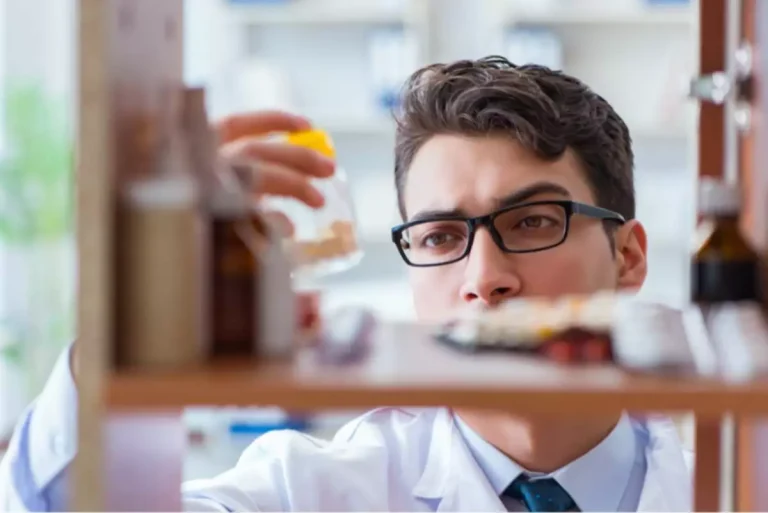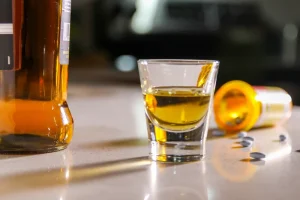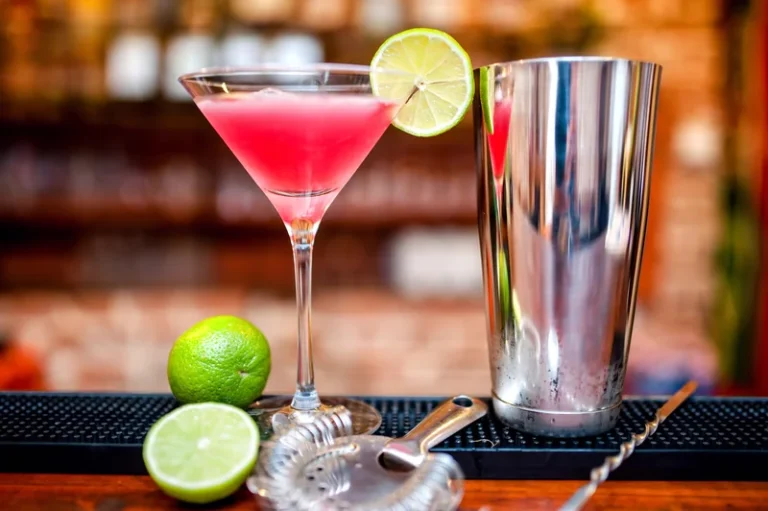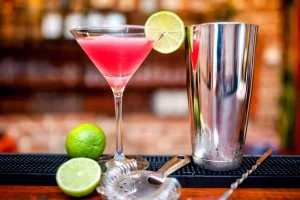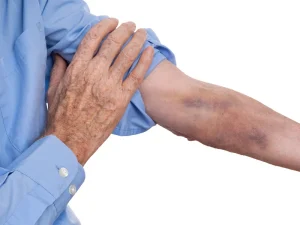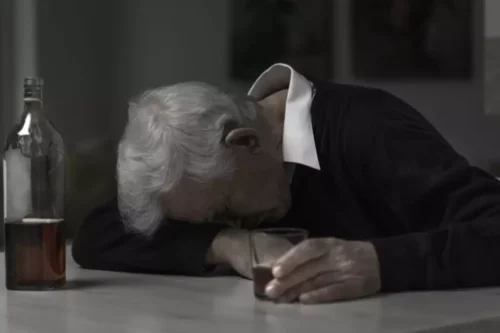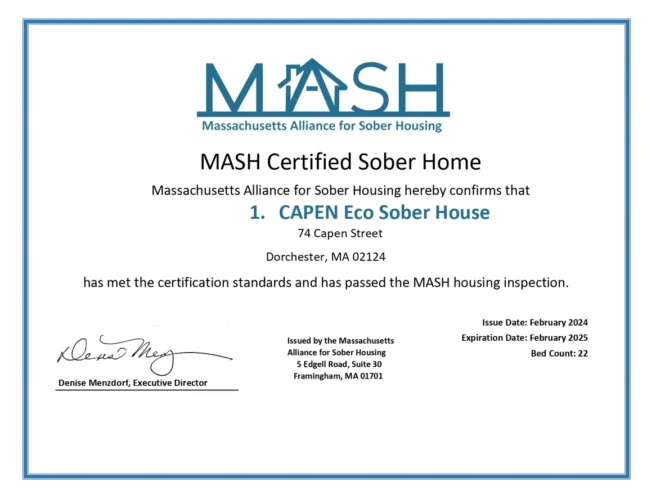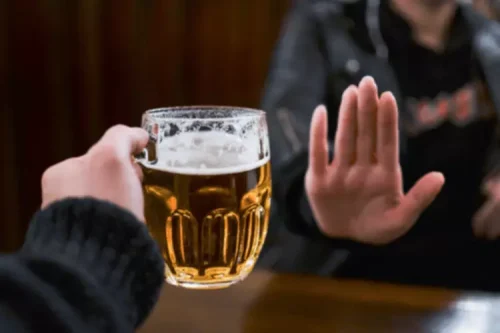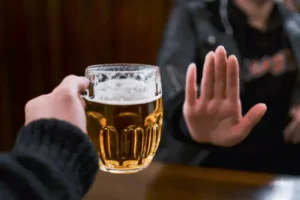
Both professional support groups and personal networks play intrinsic roles in recovery. They anchor positivity, resilience, and practical coping mechanisms. If you’ve become dependent on alcohol, cutting it out of your life may produce withdrawal symptoms, such as a rapid heartbeat, high blood pressure, sweating and shaking. Psychological symptoms can include irritability, anxiety and restlessness.
- You had hopes for giving up drinking, and in this movie, you’d be disappointed in yourself, exhausted, and hungover.
- Acknowledge this natural sensation and remind yourself that it will subside.
- When they occur, alcohol cravings can feel overwhelming, even if they last only a few minutes.
- Research shows that most people believe that drinking can make them feel better.
What’s included
In the journey towards recovery, the right nutrient-rich foods can play a surprising role – they can curb alcohol cravings. It’s important to note that the cravings are not merely a matter of willpower. Prolonged alcohol use causes physical changes in the brain that intensify the how to stop alcohol cravings desire for alcohol. When the brain becomes accustomed to alcohol’s effects on neurotransmitters—chemical messengers like dopamine and GABA—it needs more of it to get the same effect. This forms part of the cycle of alcohol addiction and contributes to the intensity of cravings.
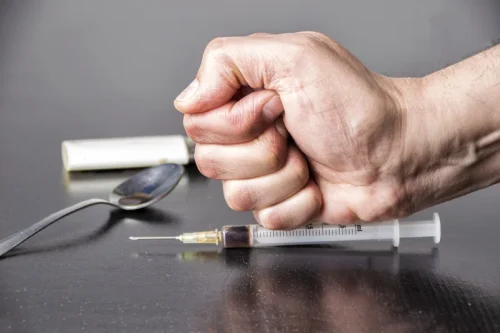
myths about using Suboxone to treat opioid addiction
Understanding and recognizing these factors will help you reduce or manage cravings more effectively. Breaking this loop can help a person overcome alcohol cravings and manage their alcohol intake. They can break this loop by avoiding triggers when possible, distracting themselves in the moment, and practicing relaxation techniques. At The Recovery Village Atlanta, we https://ecosoberhouse.com/ are committed to helping people like you or your loved one recover completely from alcohol addiction as safely and comfortably as possible.

Foods That Can Help Curb Alcohol Cravings
Drinking lots of fluids, especially fluids with electrolytes, will help address dehydration and nausea and improve your overall health and ability to undergo withdrawal. Sodium, calcium, potassium and magnesium are common electrolytes in sports drinks. By the second week, alcohol cravings and urges may become more frequent and severe.
A doctor or psychiatrist can offer more information and help you explore possible treatment plans. These changes can lead to tolerance, or a need to drink more in order to feel the same effects. They can also leave you more sensitive to alcohol’s effects and raise your risk of withdrawal symptoms. Kali Lux is a consumer marketing leader with a focus on healthcare and wellness.
Learn how to stop your alcohol cravings
Some studies have been done on d-phenylalanine, finding it improves alcohol withdrawal symptoms. SELF does not provide medical advice, diagnosis, or treatment. Any information published on this website or by this brand is not intended as a substitute for medical advice, and you should not take any action before consulting with a healthcare professional. Will quitting drinking solve all of your problems, in health and in life? If that’s where you’re setting your expectations, you might feel like you gave up something you loved (getting really drunk) for no good reason, even when that’s objectively not true.
Ways to Manage the Urge to Drink During the Holidays
Nuts and seeds are packed with healthy fats, proteins, and fibers, making them a perfect snack to curb alcohol cravings. Plus, they are loaded with essential nutrients like magnesium, which may alleviate alcohol cravings. A balanced diet can significantly contribute to the success of a recovery journey. It ensures that the body gets all the essential nutrients it needs, which can reduce cravings and support overall health.
Get online support.
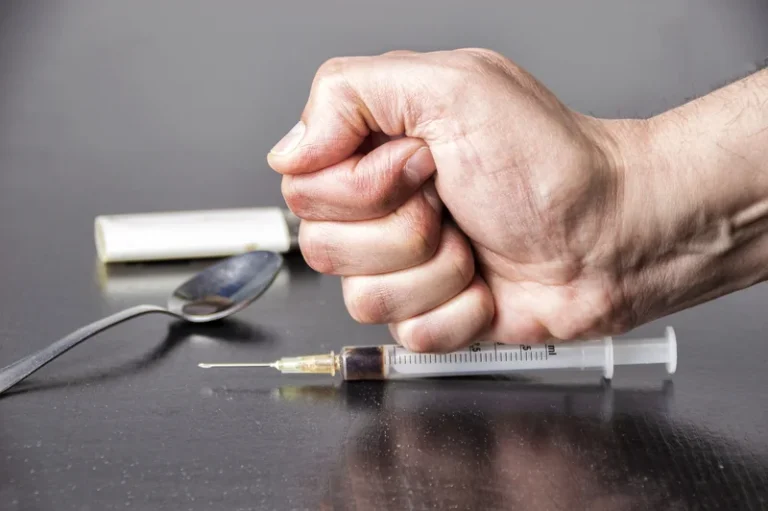
You may drink to avoid certain feelings, for instance, but you also may drink to enhance certain feelings. External triggers are things in your environment that make you want to drink alcohol. These triggers can be people, places, or things that make you crave alcohol. Breaking this habit loop can be useful in overcoming alcohol cravings. One way to do this is to identify this loop and then build new routines to break the cycle.


